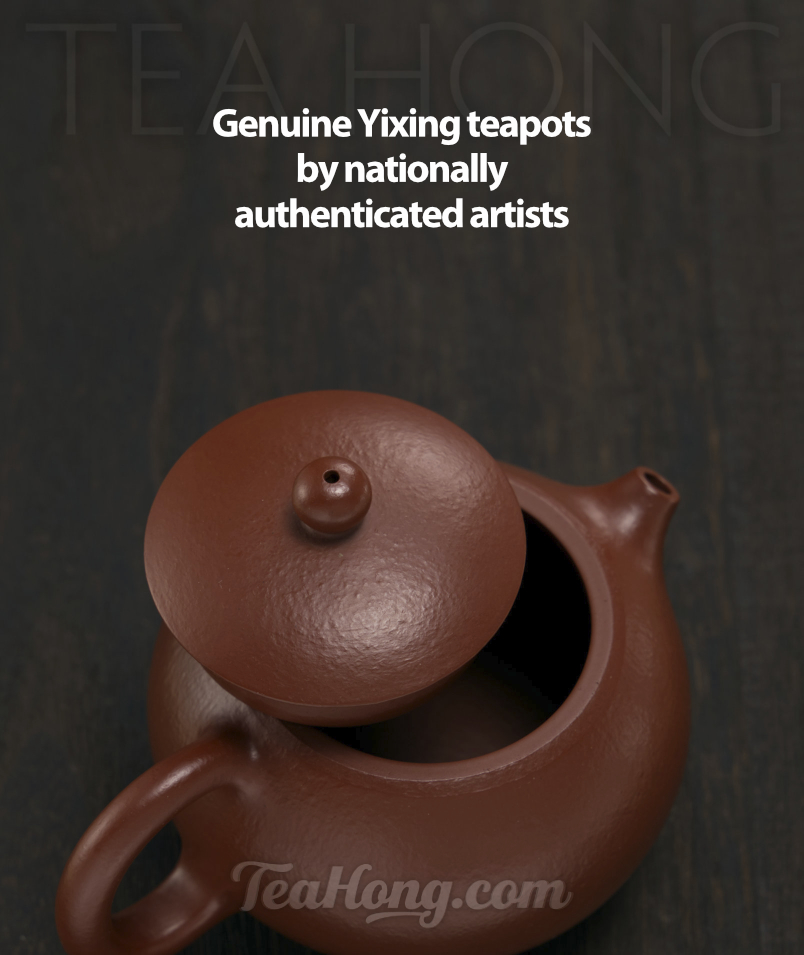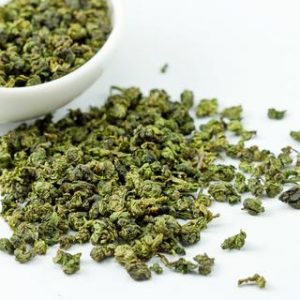Home › Dialogues › Tea Reviews › What really is Lan Gui Ren?
Tagged: ginseng-oolong, health-hazard, kuding, lan-gui-ren, oolong
- This topic has 2 replies, 2 voices, and was last updated 12 years, 3 months ago by
Leo.
-
AuthorPosts
-
-
2012.01.03 at 3:01 am #8407
Leo
ParticipantA few years ago, a company in Hainan province in China registered for a product name for their evergreen herbal product, which to the rest of the tea drinking world, was basically a kind of kuding leaf. Kuding (latin: Ilex kaushue) has been infused like a tea for when people feel overtly TCM hot and chronically thirsty. It’s also one of the major ingredient in Dr Hu’s famous Three Evergreen Tea for resistance against colds and flus.
Common such herb maybe, the registration was successful. The trading name was “Lan Gui Ren” ie 蘭貴人. The tea trade world roaringly retaliated. It had been an alternative product name widely used for various oolongs which original farm names were not popular in the retail market. It was initially invented for ginseng oolongs, in particular those slightly better ones (in contrast with the really cheap ones), or various other flavoured oolongs. The court case lasted for almost 5 years. The registration was invalidated; and the kuding company got almost bankrupt.The tea trade went wild with all products to put the name Lan Gui Ren on, for the raised profile of the name. In a country where information is suppressed, rumours rule, even amongst the tea trade. As a result, most younger front line workers don’t really know what the real Lan Gui Ren is. They tell customers what the boss told them. Some bosses aren’t so sure either, so they repeat whatever is the most popular saying amongst his immediate circles. The more inventive ones see the discrepancies, so they put anything in the box to invent their versions of the truth. Afterall, packaging boxes and bags for tea are all preprinted with virtually all tea names and on sale by the unit in all tea wholesale markets throughout Mainland China. People has been putting anything in whichever name they prefer. China is so free in this area.If you look up ANY reputable tea reference book, the name Lan Gui Ren never exists. And if you happen to get one in the market with that name, or a near spelling of that name on it (mis-spelling in China is even more common than lies in that country), it is likely that you get either a so called ginseng oolong, or any flavoured one, or one that is not selling well in its original name. They are all Min-nan style (ie Anxi style) oolongs and very likely produced in south Fujian, very likely not a Spring harvest and NOT passing EU pesticide residue tests. I do not advise people using this tea. -
2012.01.06 at 10:53 am #8996
CHAWANG
ParticipantSome south fujian factories are good in summer and autumn tea. not many, only a few. tea not too good taste, but pass tests.
-
2012.01.07 at 3:24 pm #8999
Leo
ParticipantThat’s right. I wish those farms that comply with pesticide use or organic practices know about tea production for better taste soon.
-
-
AuthorPosts
- You must be logged in to reply to this topic.










